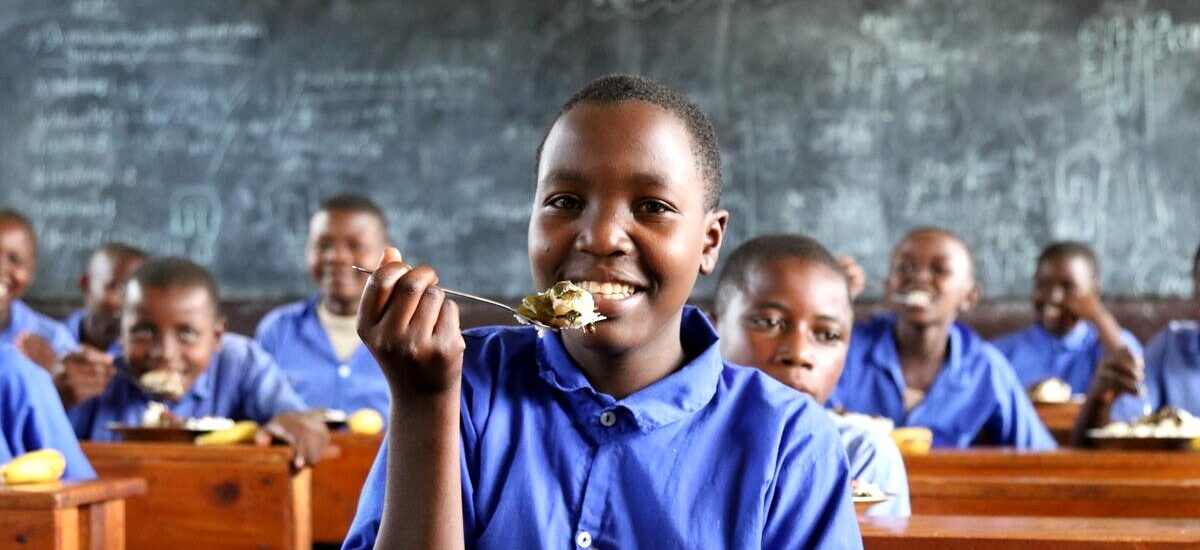What is hunger?
Hunger is discomfort or pain caused by a lack of food. It is different from food insecurity, which means lack of regular access to safe and nutritious food for proper development and an active and healthy life.
Across the globe in 2024, as many as 309 million people are facing acute levels of food insecurity in the 71 countries. Hope Bridge Foundation works to reach zero hunger by 2030, a target agreed by governments under the Sustainable Development Agenda and specifically Sustainable Development Goal 2.
What are the causes of hunger?
Conflict is the primary cause of today’s hunger crisis, driving people away from their land and livelihoods, disrupting markets, increasing food prices and destroying critical developmental gains. Its devastating impact can be seen across hunger hotspots including Palestine, Sudan, Syria, Yemen and Ukraine.
Climate emergencies such as floods, droughts and heatwaves also significantly contribute by destroying lives, livelihoods and crops, while degrading soils and damaging infrastructure and agricultural assets.
Economic inequalities exacerbate hunger. When food prices rise due to struggling economies and external factors – for example the war in Ukraine – the poorest people struggle even more to put nutritious food on the table. Additionally, around 30 per cent of global food production is lost or wasted every year, with lack of access to technology and markets causing significant losses for many farmers.
What are the effects of hunger?
Diets poor in vitamins, minerals and other nutrients affect the health and life prospects of millions of people. The worst affected are children, with long-term consequences for their physical and mental development. Malnourished children are up to 12 times more likely to die than a healthy child. Malnutrition slows economic growth, perpetuates poverty, impacts children’s education and adults workforce skills with dire consequences for countries’ human capital and future development.
As part of a vicious cycle, hunger can also fuel conflict as well as vice-versa. People forced from their land may be vying with others for scarce resources, especially in areas where poverty and inequality are already present.
When does hunger become famine?
Famine is the most severe form of food insecurity. It can be declared when malnutrition is widespread, and people have started dying of starvation through lack of access to sufficient, nutritious food. Among the most vulnerable groups are internally displaced people and refugees caught between the frontlines of hunger, many of whom are totally dependent on food assistance for their survival.








